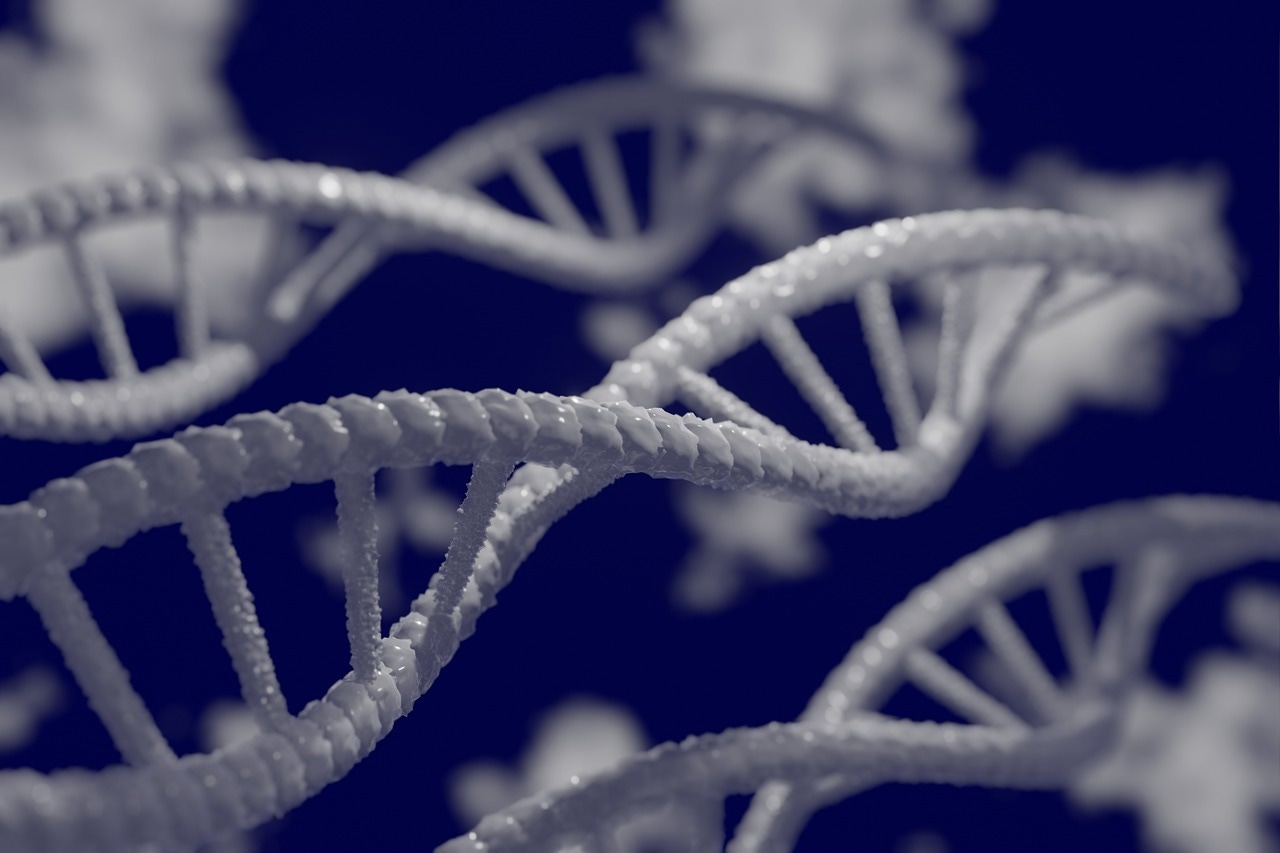Reviewed by Danielle Ellis, B.Sc.Jul 18 2023
Griffith University researchers were instrumental in controlling the way viruses are assembled by using DNA “origami” templates.

Image Credit: Griffith University
The international team devised a method to direct the assembly of virus capsids, the protein shell of viruses, at physiological conditions in a precise and programmable manner. The study was published in the journal Nature Nanotechnology.
The Griffith Institute for Drug Discovery’s Dr. Frank Sainsbury and Dr. Donna McNeale were part of the research team and said that pressuring viruses to assemble onto DNA folded into different shapes "like origami" was a question that this project answered.
We achieved control over the virus protein shape, size, and topology by using user-defined DNA origami nanostructures as binding and assembly platforms, which became embedded within the capsid. The virus protein coatings could shield the encapsulated DNA origami from degradation. This activity is more like wrapping a present—the virus proteins deposit on top of the different shape that is defined by the DNA origami shape.”
Dr Frank Sainsbury, Griffith Institute for Drug Discovery
Dr. Frank Sainsbury adds, “And different virus proteins are like different wrapping paper, which would be relevant to different uses of the coated DNA origami.”
Controlling the size and shape of virus proteins precisely would be advantageous in the development of new vaccines and delivery systems.
But current tools to control the assembly process in a programmable manner were elusive. Our approach is also not limited to a single type of virus capsid protein unit and can also be applied to RNA–DNA origami structures to pave way for next-generation cargo protection and targeting strategies.”
Dr Donna McNeale, Griffith Institute for Drug Discovery
Dr. Sainsbury and his colleagues are currently working to obtain a greater understanding of how different viruses self-assemble and how they can be used to encapsulate various cargoes.
This will enable them to create and modify additional virus-like particles for a variety of applications. They found, for instance, that a virus found in mice can transport protein cargoes through hostile environments and into a particular subcellular compartment in human cells.
With the enormous existing design space among viruses that could be used as carriers, there is still much to learn from studying them. We’ll continue to push the boundaries of how virus-like particles can assemble and what can be learned from using them as medicine transporters, vaccines, and biochemical reaction vessels.”
Dr Frank Sainsbury, Griffith Institute for Drug Discovery
The GRIDD team’s next stage of research will use this approach to investigate why viruses do not self-assemble into different shapes.
Source:
Journal reference:
Seitz, I., et al. (2023). DNA-origami-directed virus capsid polymorphism. Nature Nanotechnology. doi.org/10.1038/s41565-023-01443-x.